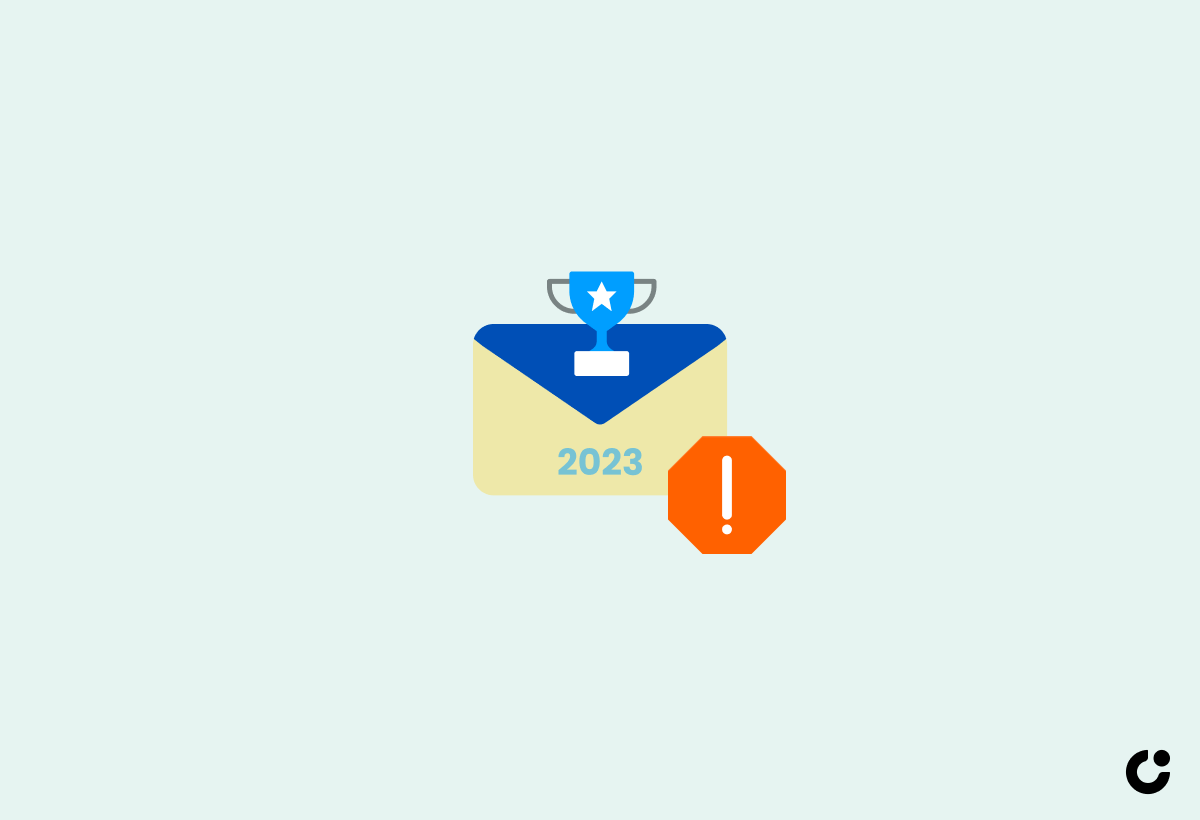Picture this: You’ve crafted the perfect cold email to reach out to potential customers, but you’re unsure if sending it could land you in legal hot water. “Is cold email illegal?” you may wonder. Fear not! Understanding the legality of cold emailing and staying compliant is easier than you think. In this blog post, we’ll dive into the regulations governing cold emailing and share best practices to ensure your email campaigns are successful and legal in 2025.
Key Takeaways
- Understand and comply with applicable laws, such as the CAN-SPAM Act in the USA or GDPR in the European Union.
- Follow best practices for legal cold emails including personalized messages, honest subject lines and an opt-out method.
- Source email addresses ethically, monitor deliverability metrics and warm up your email address to maximize success.
The Legality of Cold Emailing
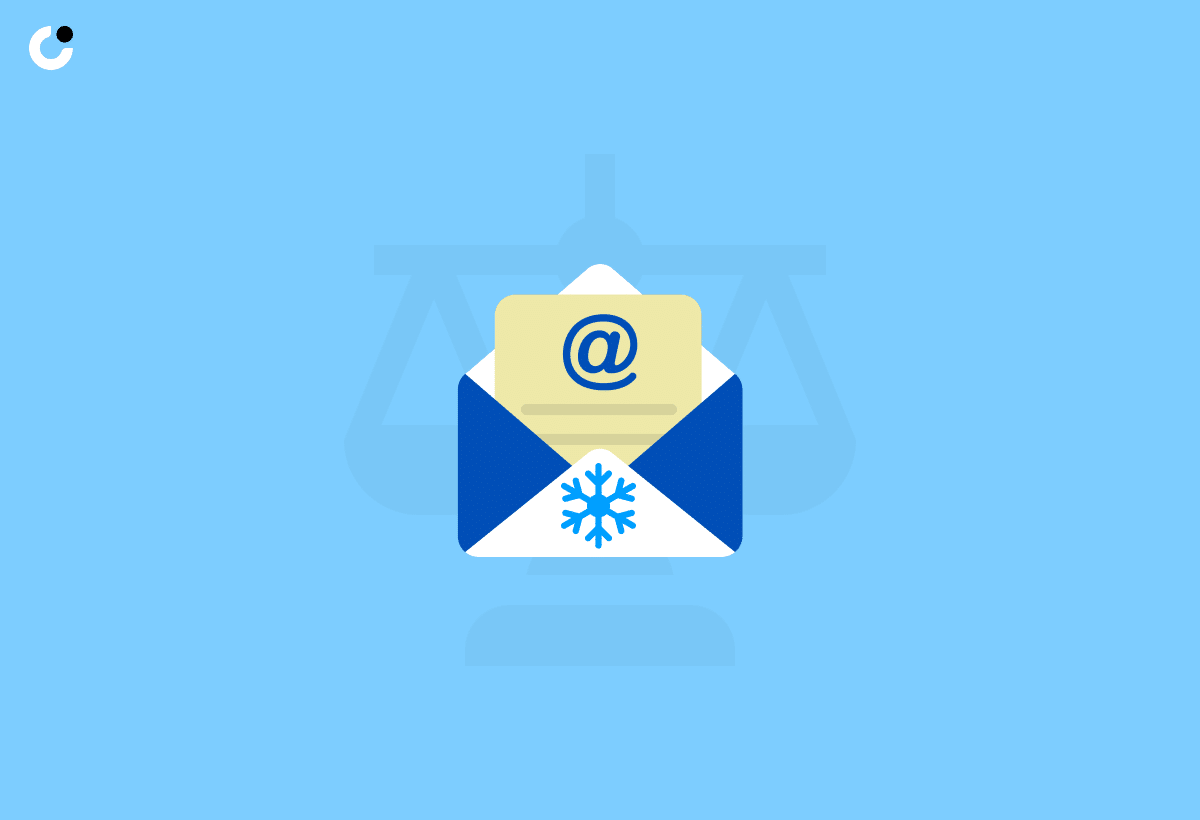
While cold emailing isn’t inherently illegal, a firm grasp of the regulations that control this practice is needed to avoid making a cold email illegal. Compliance with laws like the CAN-SPAM Act in the USA, GDPR in the European Union, and other international laws can lead to successful email campaigns. Complying with these regulations allows you to reach out to potential customers confidently, without fears of legal troubles.
To ensure your cold emails are legal, follow these best practices:
- Research your prospect thoroughly.
- Craft an effective email copy.
- Provide a clear and easy opt-out method.
- Include an unsubscribe link.
- Label the email as an advertisement.
- Include a physical postal address.
- Familiarize yourself with GDPR and the CAN-SPAM Act requirements when sending cold emails.
Committing to these best practices will not only help you avoid penalties but also increase the likelihood of a favorable response from your recipients.
CAN-SPAM Act in the USA

The CAN-SPAM Act sets guidelines for unsolicited commercial messages, also known as commercial emails, in the USA, while Canada’s anti spam legislation provides similar stipulations for accurate subject lines, clear sender identification, and easy opt-out options. By following these guidelines, you can ensure your cold emails are compliant and avoid hefty penalties of up to $46,517 per violation.
When you are trusting a company to handle your email marketing campaigns, guaranteeing their compliance with CAN-SPAM requirements is important. They should provide a valid physical postal address or post office box in the email to keep things transparent and build trust with your recipients.
GDPR in the European Union
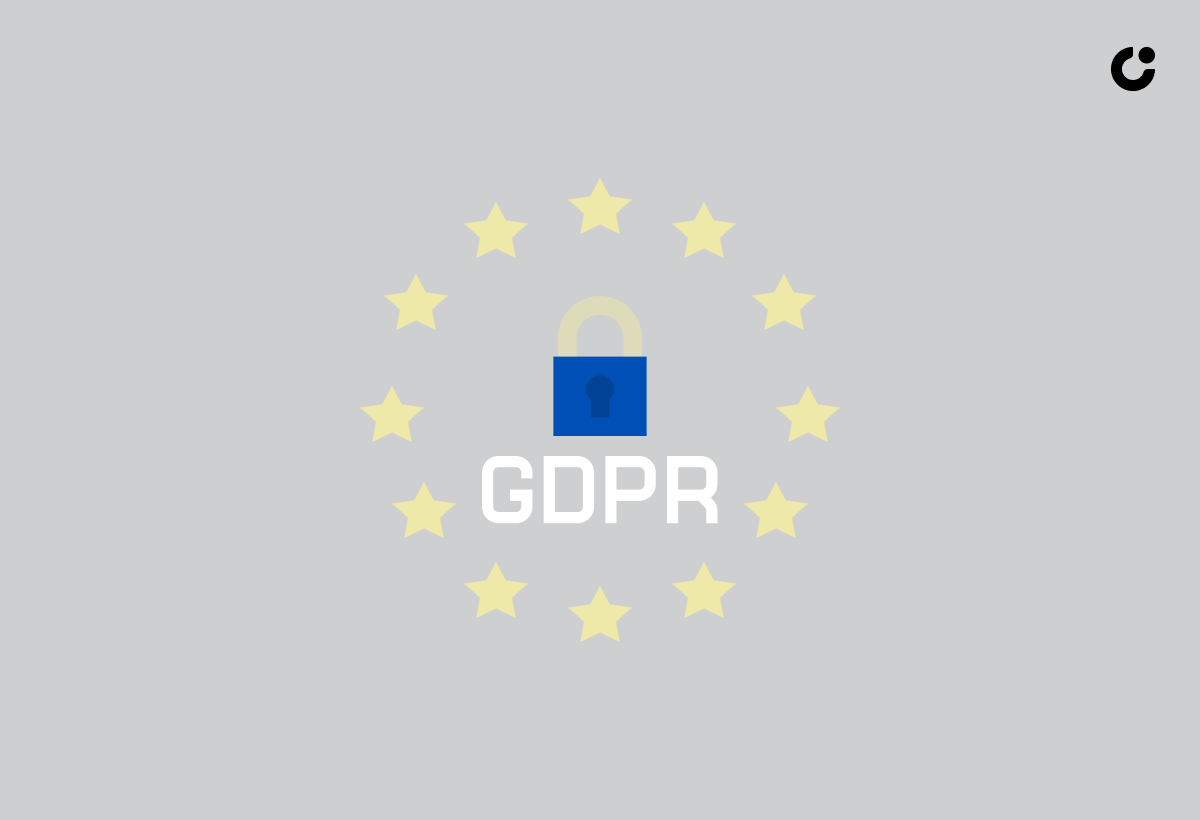
While GDPR does not explicitly apply to cold emails, businesses must ensure that their cold email campaigns comply with its regulations concerning personal data protection. To remain GDPR compliant, cold emails should:
- Be sent to recipients who would find the message useful
- Fulfill other requirements such as determining applicable national legislations
- In some EU countries, like Germany, cold emailing is prohibited, and double opt-in is required to demonstrate consent.
Comprehending the subtleties of GDPR in cold emailing is important to steer clear of legal issues and respect your recipients’ data privacy. By focusing on legitimate interests and offering clear opt-out methods, you can maintain compliance and foster trust with your prospects.
Other International Laws
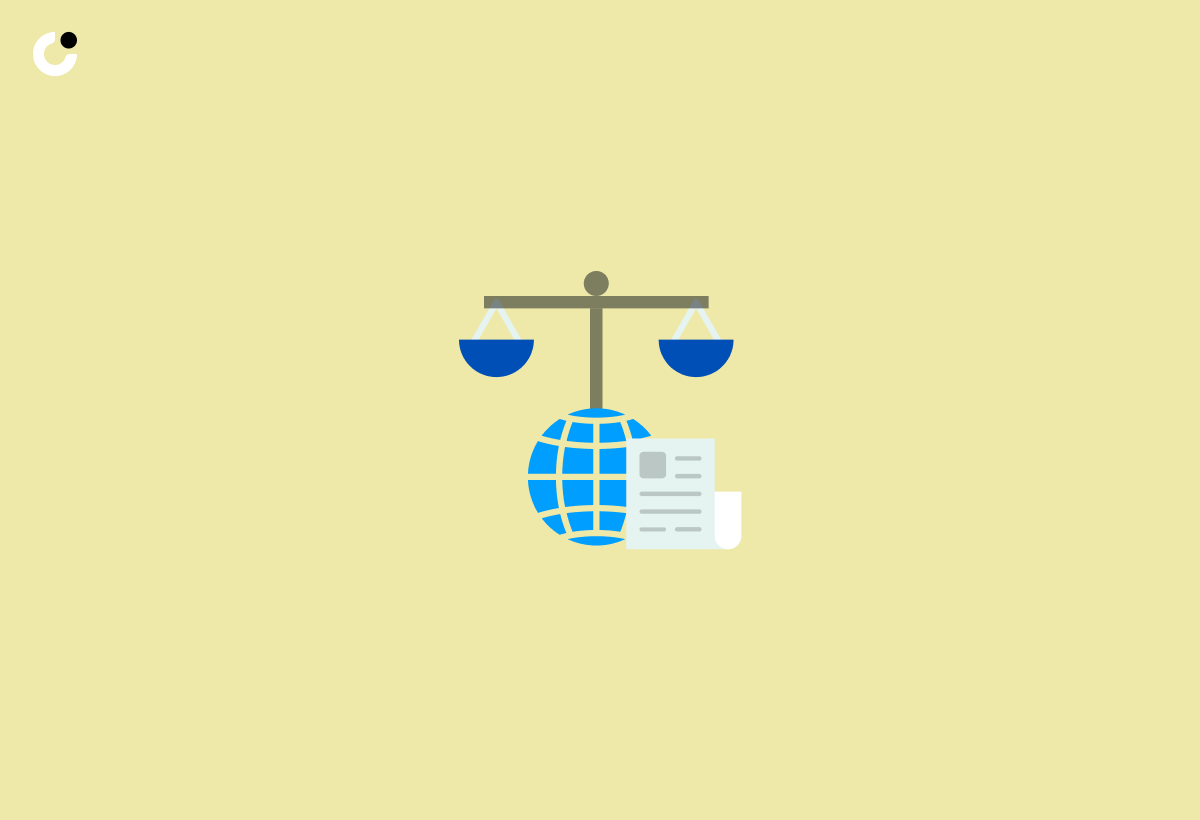
Aside from GDPR, other international laws such as CASL in Canada and the Spam Act in Australia also regulate cold emailing. Each has its own requirements for consent and opt-out options. Getting to know these regulations can help you maintain compliance and effectively engage with potential customers worldwide.
For instance, under CASL, sending commercial electronic messages (CEMs) to recipients in Canada without their explicit consent is prohibited. Penalties for non-compliance can be substantial, with fines of up to $10 million. In Australia, cold emailing requires either express consent or inferred permission from recipients. By understanding and respecting these international laws, you can confidently engage with prospects worldwide while staying on the right side of the law.
Best Practices for Legal Cold Emails

Complying with best practices like creating genuine subject lines, personalizing your emails, and providing a straightforward opt-out method, you can make sure your cold emails are legal and efficient. Following these guidelines not only helps you stay compliant with anti-spam laws but also increases your chances of success in reaching and engaging your target audience.
Applying these best practices indicates a sincere interest in your recipients, builds trust, and enhances the influence of your cold emailing campaigns. The following sections will go into more detail on each of these best practices, offering advice on designing cold emails that are noticeable in your prospect’s inbox and comply with the necessary regulations.
Crafting Honest Subject Lines

In cold emailing, clear and pertinent subject lines are important to avoid misleading subject lines and infringing anti-spam laws like the CAN-SPAM Act. Craft your subject line to accurately represent the content of your email and avoid using deceptive subject lines or misleading language. This not only ensures compliance but also increases the likelihood of your recipients opening and engaging with your cold email campaign.
To create compelling subject lines, focus on your prospect’s needs and interests, and avoid using spammy language or exaggerations. By doing so, you can capture your recipient’s attention, establish trust, and increase the chances of a favorable response.
Personalizing Your Emails
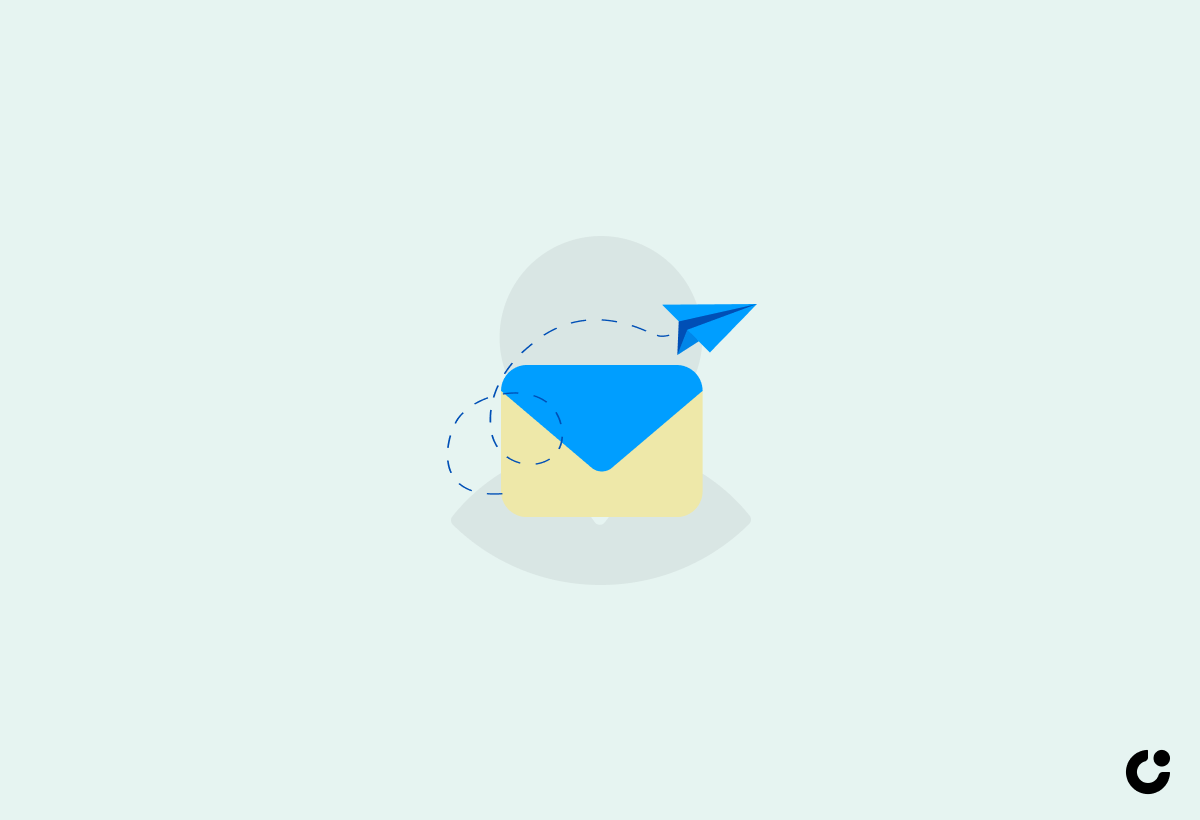
Personalizing your cold emails is important to show a legitimate interest in the recipient and to abide by data privacy regulations like GDPR. Address your recipients by name, tailor your message to their specific needs or interests, and provide content that is relevant to their industry or role. This not only helps you stay compliant, but also increases the likelihood of engaging your prospects and fostering a positive relationship.
Remember that personalization is more than just using your prospect’s name; it entails understanding their unique challenges and offering solutions that cater to their specific situation. By investing time and effort into personalizing your emails, you can reap the rewards of increased engagement and better results from your cold emailing campaigns.
Providing an Easy Opt-Out Method

Including a straightforward and user-friendly opt-out or unsubscribe option in your cold emails is important in respecting recipients’ preferences and abiding by relevant regulations like the CAN-SPAM Act and GDPR. Make sure your opt-out method is visible, easily accessible, and free of any additional requirements or costs for the recipient. Handling opt out requests promptly and efficiently is crucial to maintaining a positive reputation and compliance with regulations.
By providing an effortless way for recipients to opt out of your emails, you demonstrate respect for their preferences and maintain a positive relationship with your audience. This not only ensures compliance with anti-spam laws but also helps you maintain a clean and engaged email list, ultimately contributing to the success of your cold emailing campaigns.
Building a Compliant Email List

To construct a compliant email list, concentrate on ethically sourcing email addresses, regularly updating your list, and ensuring recipients’ consent and relevance. Complying with these best practices allows you to sidestep legal troubles and engage with your target audience effectively.
In the following subsections, we will explore each aspect of building a compliant email list in more detail, providing guidance on how to gather email addresses ethically, maintain an up-to-date list, and ensure recipient consent and relevance.
Sourcing Email Addresses Ethically
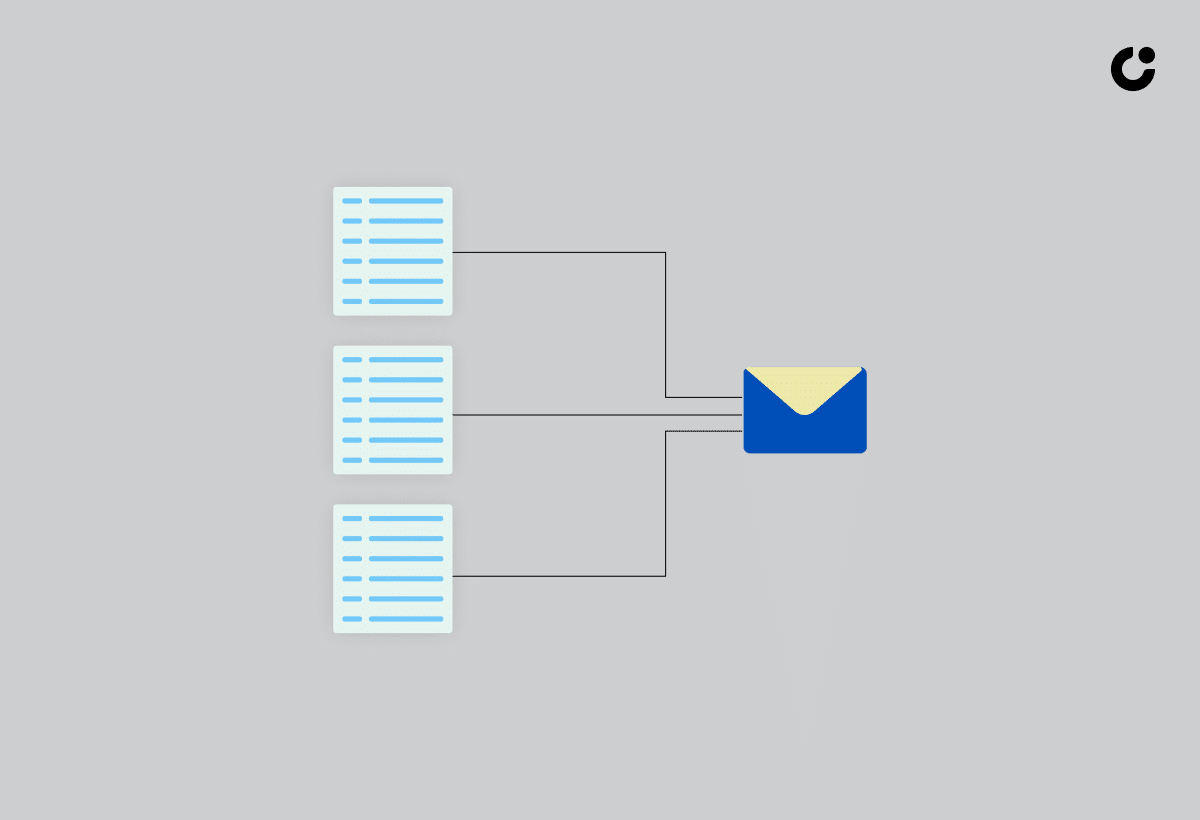
Gathering email addresses from legitimate sources, such as social media or industry events, is the most ethical approach to building a compliant email list. Avoid procuring unverified or illegally acquired lists, as doing so can violate privacy laws, damage your reputation, and result in legal repercussions.
To source email addresses ethically, consider the following strategies:
- Use lead magnets to offer valuable content or resources in exchange for email addresses.
- Integrate your email efforts with social media by promoting your email list and encouraging followers to sign up.
- Obtain informed consent from potential recipients by clearly explaining how their email addresses will be used and giving them the option to opt-in. By focusing on gathering email addresses from legitimate sources, you can build a high-quality, engaged email list that contributes to the success of your cold emailing campaigns.
Regularly Updating Your List
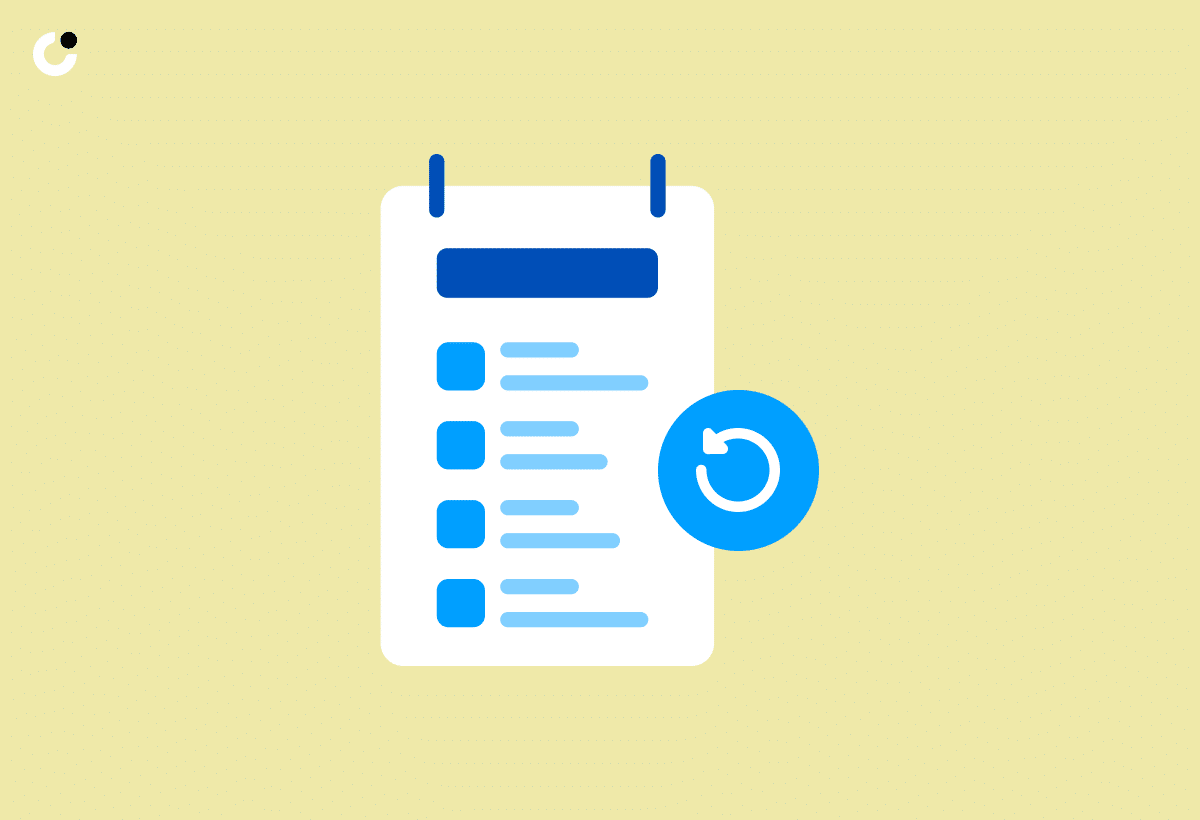
Regular updates of your email list are needed to remove invalid addresses, unsubscribed recipients, and out-of-date contacts, which in turn ensures abidance by data privacy laws. Neglecting to update your list can lead to high bounce rates, a tarnished sender reputation, and reduced email deliverability.
To maintain an up-to-date email list, use email validation tools such as Klenty, Hunter, or Debounce to identify and remove invalid or inactive email addresses. Additionally, promptly remove any unsubscribed recipients from your list and erase their information from your database, in accordance with data privacy regulations.
Ensuring Consent and Relevance
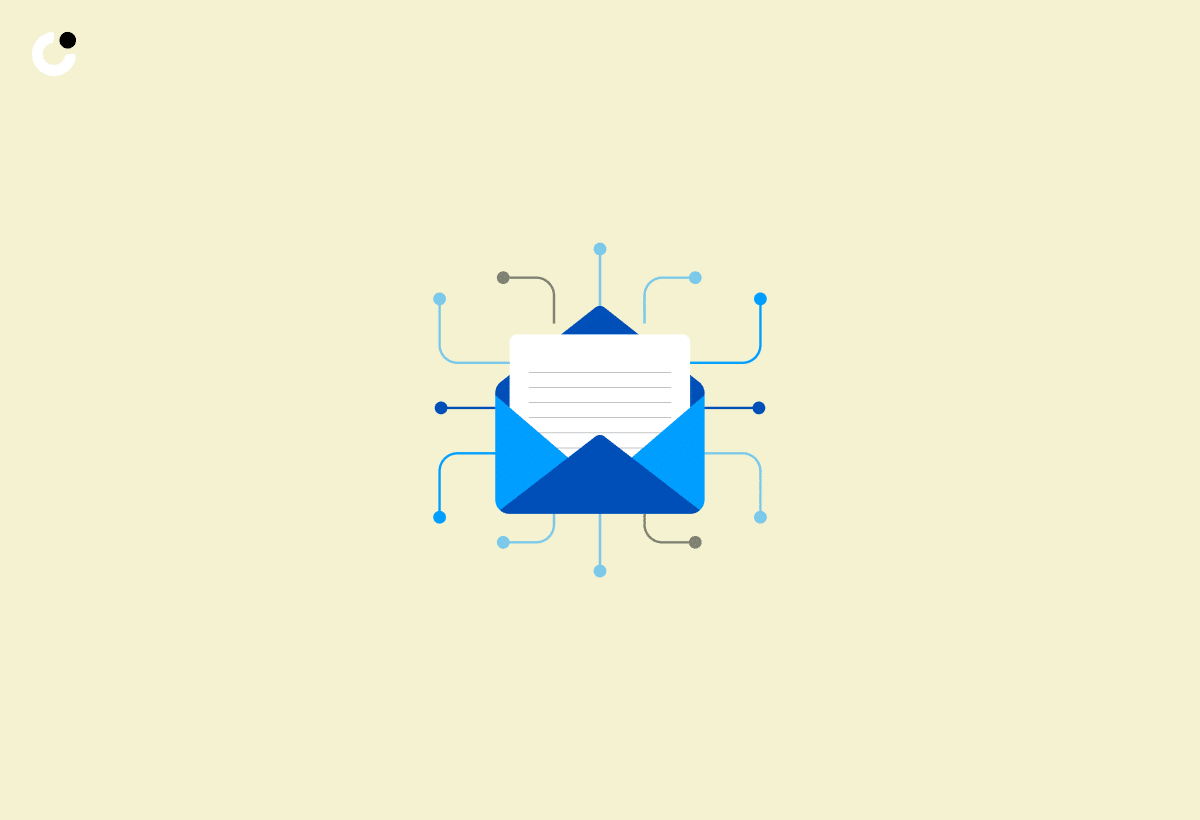
To comply with anti-spam regulations, ensure that your cold emails are relevant to recipients and that you have their consent, either explicit or inferred. By focusing on legitimate interests and offering clear opt-out methods, you can maintain compliance and foster trust with your prospects.
To ensure consent and relevance, consider using double opt-in methods to obtain explicit consent from recipients and tailoring your message to their specific needs and interests. By doing so, you can create engaging and compliant cold emails that resonate with your target audience and contribute to the success of your email campaigns.
Monitoring and Improving Deliverability
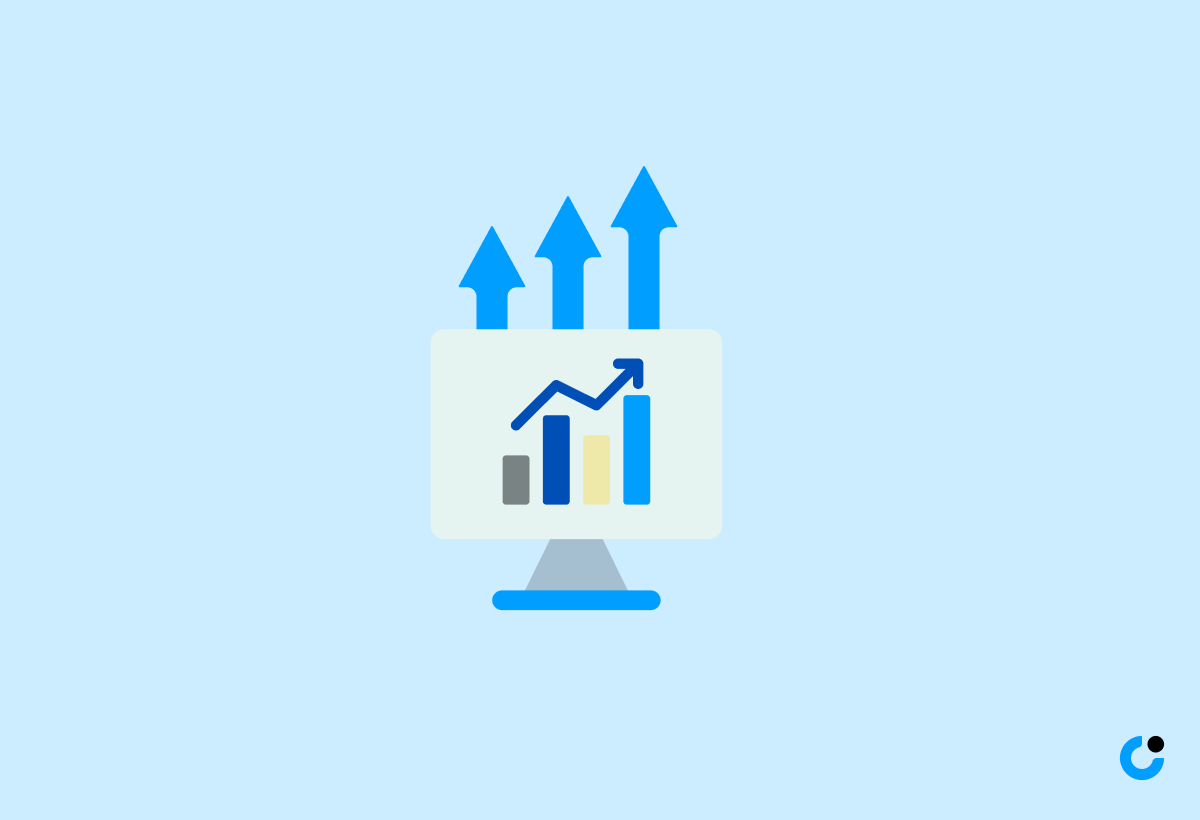
Keeping an eye on and improving email deliverability is important for boosting the efficacy of your email campaigns, enhancing sender reputation, and refining email content and targeting. By keeping an eye on bounce rates and spam complaints, you can identify potential issues with your email list or content and make necessary adjustments to improve deliverability.
In the following subsections, we will explore methods to avoid bulk emailing, track bounce rates and spam complaints, and warm up your email address. By implementing these best practices, you can increase the likelihood of your emails reaching your prospect’s inbox and boost the success of your cold emailing campaigns.
Avoiding Bulk Emailing

Sending cold emails in smaller batches can help you maintain a good sender reputation and avoid being flagged as spam or facing account bans. By limiting the number of emails sent per day to around 200-300, you can reduce the risk of being identified as a spammer and increase the likelihood of your emails reaching your recipients’ inboxes.
Focusing on smaller, targeted campaigns not only helps you comply with anti-spam laws but also allows you to:
- Better engage with your audience
- Deliver more relevant content
- Contribute to the success of your cold emailing campaigns
- Ensure you stay on the right side of the law.
Tracking Bounce Rates and Spam Complaints
Keeping an eye on bounce rates and spam complaints is essential for identifying potential issues with your email list or content and making necessary adjustments to improve deliverability. High bounce rates and spam complaints can damage your sender reputation and affect your ability to deliver emails to legitimate recipients in the future.
To monitor bounce rates and spam complaints, consider using tools such as:
By tracking these metrics, you can evaluate the performance of your cold emailing campaigns and make data-driven decisions to optimize your content and targeting.
Warming Up Your Email Address

Slowly increasing your daily email volume is necessary to warm up your email address and build a positive sender reputation. This process involves sending a limited number of emails initially and steadily increasing the quantity over time to enhance deliverability and avoid being identified as spam. Typically, this process takes between a few weeks and a couple of months.
By warming up your email address, you can build credibility with email service providers and maximize the odds of your emails landing in your prospect’s inbox. This approach not only helps you avoid being flagged as spam but also contributes to the overall success of your cold emailing campaigns.
Summary
In conclusion, understanding the legality of cold emailing and adhering to best practices is crucial for successful email campaigns in 2025. By following the guidelines set by the CAN-SPAM Act, GDPR, and other international laws, you can confidently engage with prospects and maintain compliance with anti-spam regulations. By crafting honest subject lines, personalizing your emails, providing easy opt-out methods, and building a compliant email list, you can create engaging and effective cold email campaigns that resonate with your target audience and contribute to the growth of your business.
Frequently Asked Questions
Are cold emails illegal?
Cold emails are not illegal, provided they abide by the applicable regulations such as the CAN-SPAM Act and GDPR.
What are the key guidelines set by the CAN-SPAM Act for commercial emails in the USA?
The CAN-SPAM Act sets guidelines for commercial emails in the USA, requiring accurate subject lines, clear sender identification and simple opt-out options.
How can I ensure my cold emails are GDPR compliant?
To ensure GDPR compliance, cold emails should be tailored to recipients who would find the content relevant and relevant national laws should be respected. Professional tone should be used throughout the message and introductions or summaries should not be included.
What are some best practices for creating legal and effective cold emails?
When creating legal and effective cold emails, ensure honest subject lines, personalize each message, provide an opt-out method, source email addresses ethically, update your list regularly, and ensure consent and relevance.
How can I improve the deliverability of my cold emails?
To improve the deliverability of your cold emails, ensure that there are no artifacts in the final version, use a professional tone, make a connection with the reader in the language used, and include a clear conclusion in the first sentence. Additionally, avoid bulk emailing, track bounce rates and spam complaints, and warm up your email address by gradually increasing your daily email volume.

